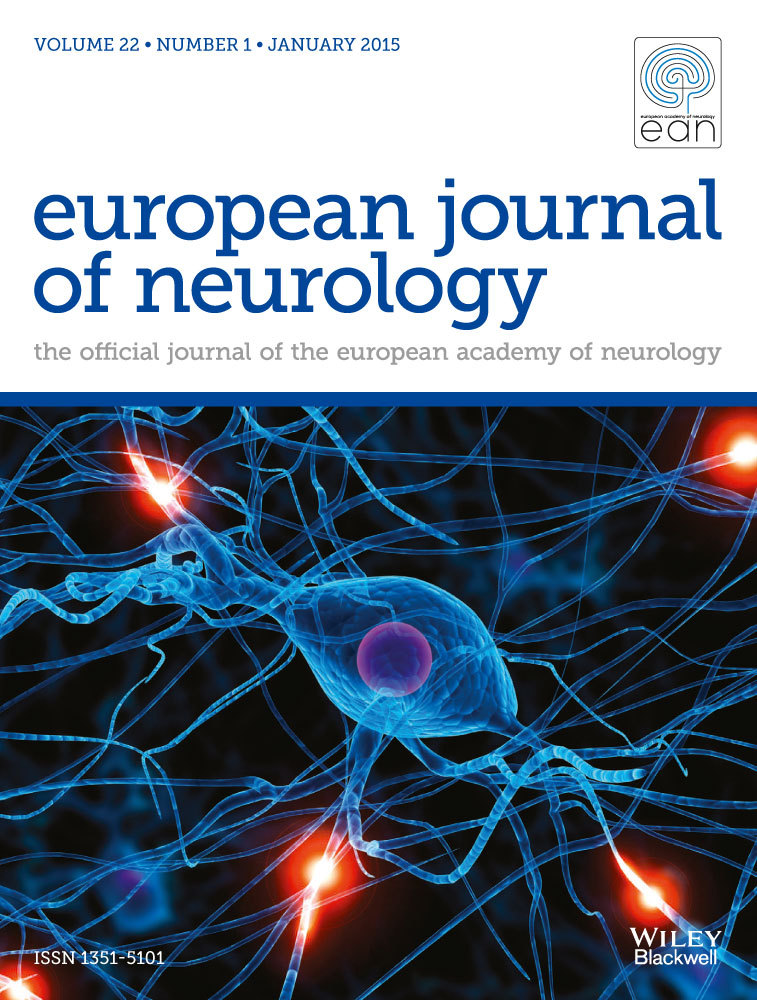Causes of hospitalization and mortality in persons with epilepsy: The EpiLink Bologna cohort, Italy
Abstract
Background
Epilepsy significantly impacts on morbidity and mortality. Understanding hospitalization and mortality risks in persons with epilepsy (PWE) is essential for improving healthcare strategies. We aimed to investigate the risk and causes of hospitalization and mortality in PWE compared to a matched general population cohort.
Methods
The EpiLink Bologna historical cohort study analyzed adult PWE in the period 2018–2019. A general population control cohort was used for comparison. Clinical data were linked with health administrative data. PWE were grouped into persons with focal epilepsy, idiopathic generalized epilepsy, and developmental and/or epileptic encephalopathy (PDEE). The primary outcome was the hospitalization rate. Emergency department (ED) visit rate and the risk of death for any cause were also assessed.
Results
The study included 1438 PWE and 14,096 controls. PWE had higher incidence rate ratio (IRR) for ED visit (IRR 1.26, 95% CI 1.20–1.32), hospital admission (IRR 2.05, 95% CI 1.83–2.29), and death (IRR 1.5, 95% CI 1.1–2.2) compared to control cohort. The highest hospitalization risk was in the PDEE group (IRR 4.70; 95% CI 3.28–6.74). The increased hospitalization rate among PWE was due to both their higher ED visit and elective hospital admission rates. PWE on polytherapy were at higher risk of hospitalization for inflammation of jaw, acid–base/electrolyte imbalances, chronic cerebrovascular disease, major traumas and infections.
Conclusions
During a 2-year-period, PWE in Bologna had a doubled risk of hospitalization and 50% higher risk of death compared to a matched general population cohort. Hospitalization risks varied significantly by epilepsy type and antiseizure therapy.


 求助内容:
求助内容: 应助结果提醒方式:
应助结果提醒方式:


